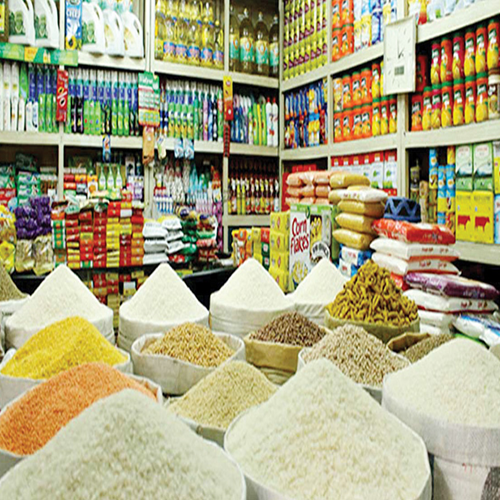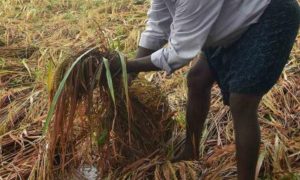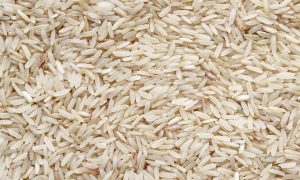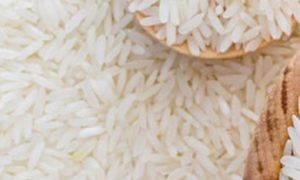Philippines Rice tariff collections plunge 63% to P4.2 billion

The Philippines’ rice tariff collections fell by 63% in Q1 2025, totaling P4.25 billion from 1.02 million MT of imported rice. This decline, attributed to a lower 15% tariff rate, reflects a 10.78% decrease in rice imports. Despite the drop, Agriculture Secretary Francisco Tiu Laurel assured that the shortfall would be covered by the General Appropriations Act (GAA).
MANILA, Philippines — The country’s rice tariff collections in the first quarter plunged by 63 percent on an annual basis to a little over P4.2 billion, Bureau of Customs (BOC) data showed.
Preliminary BOC figures indicated that the agency collected P4.25 billion in tariffs from some 1.02 million metric tons (MT) of imported rice from January to March.
The tariff collections were significantly lower than the P11.46 billion recorded in the same period of last year.
Rice import volume also saw a 10.78-percent decline in the first quarter from the 1.14 million MT recorded last year, the BOC data showed.
Rice tariff collections in March alone fell by at least half year-on-year to P1.59 billion, marking the fifth straight month of decline since rates were slashed last year to historic lows.
The prevailing lower rice tariff rate of 15 percent remained as the primary cause of the steep drop in tariff collections. If the previous 35 percent tariff rate was levied on the rice imports, then the BOC could have collected almost P10 billion.
BOC data also showed that the lower import volume affected the collections as well as the easing in rice import cost.
The average price of imported rice in the first quarter declined by 5.6 percent year-on-year to $482.86 per MT from $511.53 per MT, based on BOC data.
The movement in the global rice market prices was reflected in the landed cost of rice in the country that declined by 16.73 percent year-on-year.
The average landed cost of rice in the first three months was at P32.34 per kilo compared to the P38.84 per kilo recorded in the same period last year.
Nonetheless, the weakening of the currency provided a cushion as it added some P100 million to the tariff collections. The average foreign exchange on the first quarter rice imports was at P57.98:$1 compared to P55.9:$1 last year.
Rice tariffs have become essential since 2019 as they are earmarked to the Rice Competitiveness Enhancement Fund (RCEF) that aims to improve the productivity and competitiveness of the domestic rice industry.
Under the amended rice tariffication law, the RCEF will have a guaranteed allocation of P30 billion until 2031.
The law also mandated that any shortfall in rice tariff collections would be plugged by the General Appropriations Act (GAA) by sourcing additional budget from the Department of Agriculture (DA).
Agriculture Secretary Francisco Tiu Laurel Jr. has assured the public, especially palay farmers, that the falling world rice prices and lower tariffs would not impact the budget for the RCEF in the coming years.
Tiu Laurel pointed out that the deficit in rice tariff collections would be augmented through the GAA.
However, industry players and experts have noted that the foreseen shortfall in the rice tariff collections this year may further strain the government’s already limited fiscal space, potentially increasing its reliance on borrowings next year to sustain rice programs.
To Read more about Rice News continue reading Agriinsite.com
Source : Philstar Global















